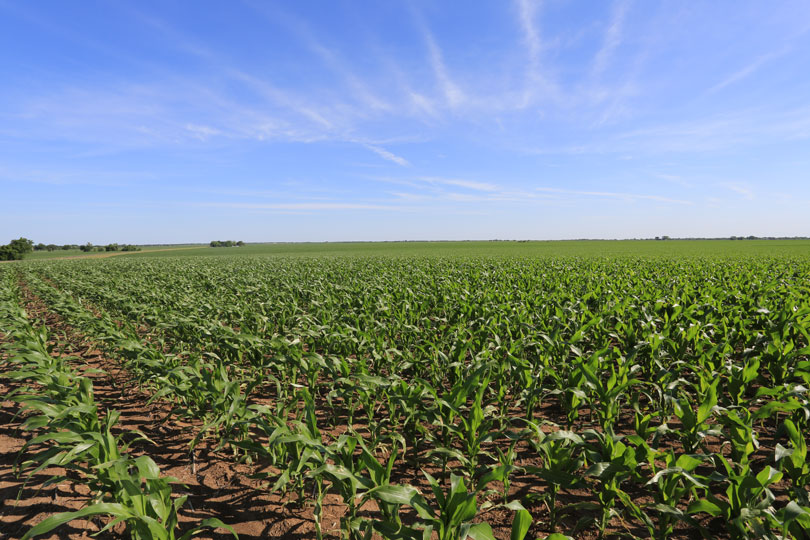By Jennifer Whitlock
Field Editor
In recent weeks, farm input costs have soared to record highs, leading farmers and ranchers in the Lone Star State to become increasingly worried.
During an interview with RFD-TV, Texas Farm Bureau (TFB) President Russell Boening relayed fertilizer costs have jumped anywhere from 50-90%.
“There are some alternatives, like possibly going to a different crop,” he said. “But you can only cut back so much. When you start shorting your crops on fertility and crop protection products, you usually pay for that in the long run.”
Boening is a fourth-generation farmer who grows feed grains, cotton, watermelons and wheat, as well as operates a 450-cow dairy with his brother and father, and a beef cattle operation near Floresville.
Tariffs on raw phosphate from Russia and Morocco and urea ammonium nitrate from Russia and Tobago related to U.S. anti-dumping investigations combined with factory slowdowns and shutdowns and rising energy costs for fertilizer producers are contributing to the price increases. It’s what Boening called the “perfect storm.”
Some Texas farmers have completed harvest, while others are just entering their harvest season. But Boening said all are keeping an eye on input costs for the next crop year.
Supply chain tensions continue to be a concern, but he noted, thankfully, Texas Gulf ports don’t appear to be facing the same backlog as those on the West Coast.
“We have heard of supply chain issues in our area, especially trucking issues,” he said. “It really doesn’t matter if you’re talking about trucking product out or trucking inputs in, we’re having a difficult time getting enough truck drivers and so that impacts how many trucks we can get to move things.”
In addition to fertilizer, corn and soybean seed costs are expected to rise anywhere from 5-15% in 2022 due to supply chain issues.

